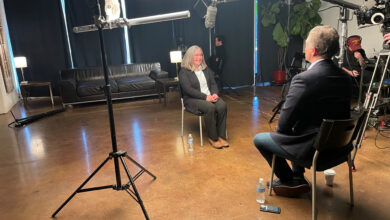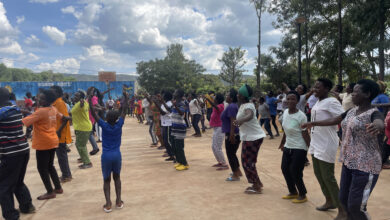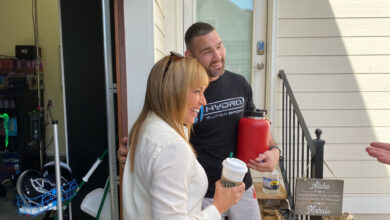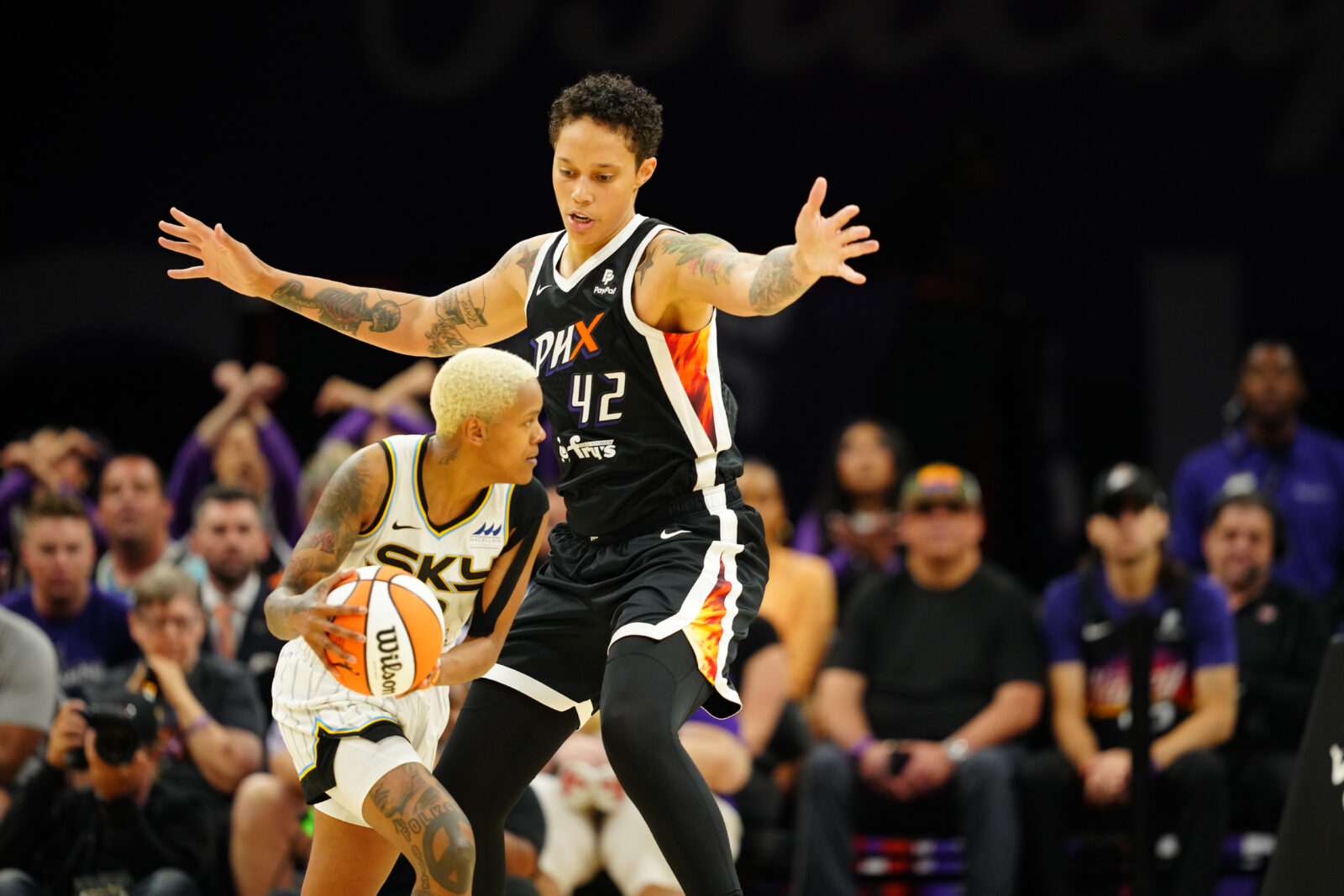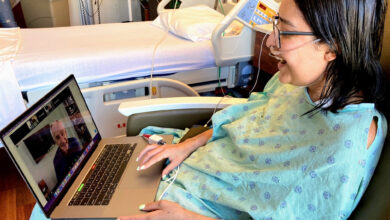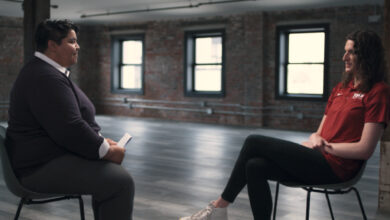ESPN’s “Journalism Showcase” – January 29, 2016
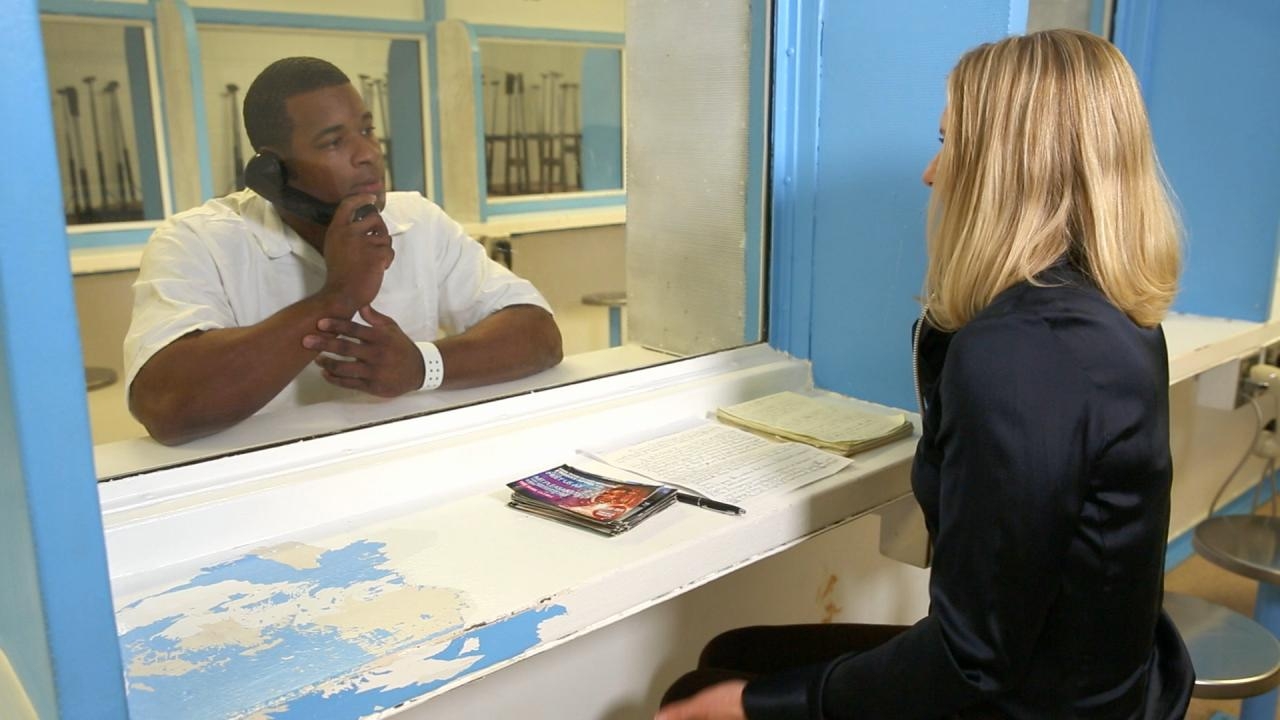
EDITOR’S NOTE: Every week in the “Journalism Showcase,” Front Row highlights a sampling of ESPN’s award-winning journalism from all corners of the company. It is not meant to be a complete representation of the work done by ESPN’s storytellers and we hope it will spur you to discover more.
Complex and layered investigative stories have always been at the heart of the storytelling put forth by ESPN’s Outside the Lines. The latest example is Sunday’s OTL feature (9 a.m. ET, ESPN) depicting two former Baylor University players convicted of sexually assaulting women within a couple years of each other.
One of the players, Sam Ukwuachu, was allowed to remain in school and graduate even after being indicted.

“No one in the public or press knew he was under indictment,” said OTL Senior Coordinating Producer Dwayne Bray, who heads up ESPN’s investigative unit for OTL and the television group. “We were intrigued to try and determine how the school and football coaches, particularly school president Ken Starr and head coach Art Briles, handled these cases.”
The stories of Ukwuachu and former Bear Tevin Elliott, reported by Paula Lavigne, required quite a bit of fleshing out through myriad case files and records.
“Paula is one of the top investigative reporters at ESPN when it comes to using documents to find out everything you need to know about a person accused of wrongdoing,” Bray said. “She has a print [media] background, and has developed a strong interview style for hard-hitting stories. And with a university like Baylor, which is private, we knew Paula would be savvy enough to find documentation to help round out the narrative for this story.”
Produced by Caitlin Stanco with primary editing from Scott O’Leary, OTL’s 13-minute piece includes interviews with three victims (all shadowed out to protect their identities) as well as Elliott from the prison where he is serving his 20-year sentence (see sidebar). Bob Ley hosts Sunday’s airing and will discuss both cases with Lavigne.
“I started what I call ‘gathering string’ on this story back in September,” said Lavigne, “but didn’t really start pursuing interviews until November. Once we talked to one woman, we were able to talk to another and then another. They told us they felt more comfortable being interviewed knowing that they weren’t the lone voice in the story, and that was a unique aspect of this case because there were so many women involved.”
As Bray said, the nature of dealing with a private university like Baylor versus a public one complicated the reporting.
“Baylor’s current Title IX coordinator did agree to sit down with us for an interview, and we appreciated that, but it wasn’t terribly helpful because she started in November 2014, which was after the school had dealt with both cases,” Lavigne said. “We thought we would have some success getting information from Baylor’s campus police department, because the Texas Legislature last summer passed a law making private university law enforcement agencies subject to state public records laws. But despite the new law, Baylor police turned down our entire records request and now we’re awaiting a ruling from the Texas Attorney General as to whether or not they’re going to have to comply.”
- On the eve of the NHL’s All-Star weekend, SportsCenter anchor (and milestone-approaching pioneer) Linda Cohn goes one-one-one with the Florida Panthers’ ageless wonder Jaromir Jagr. The story will appear on SportsCenter throughout the weekend.
- SC Featured’s “The Courage Game” was nominated for the 27th Annual GLAAD Media Awards in the category of “Outstanding TV Journalism – Newsmagazine.”
- ESPN The Magazine received a GLAAD nomination for “Gus Kenworthy’s Next Bold Move” by Alyssa Roenigk.
- The Australian Open wraps up this weekend but the stir over the sport’s gambling scandal has Jim Caple wondering how tennis got to this point?
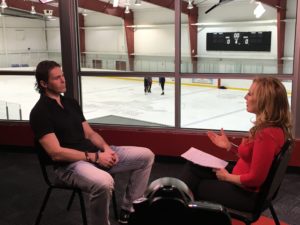
Producing a Prison Interview
Few settings and situations leave the indelible impression that a prison house TV interview can. OTL’s Tevin Elliott interview from the Texas Department of Criminal Justice Preston E. Smith Unit in Lamesa, Texas is no exception. “It is certainly one of the more challenging shoots since there are many constraints,” said the piece’s producer Caitlin Stanco. “No more than three people are allowed into the prison, which meant I could not go.”
Reporter Paula Lavigne and a crew that consisted of one camera and one audio person were granted 30 minutes for set-up and breakdown and 60 minutes for the interview, according to Stanco.
“We knew going in that the crew would have to figure out how to set up two cameras in a pretty confined space – avoiding window partition glare – so they could get one shot of Elliott and another shot with Paula,” said Stanco, who is in her second stint at ESPN, having returned in September following a 2009-13 run with ESPN’s E:60.
Elliott’s lawyer was not present for the interview and, according to OTL, didn’t approve of his client speaking with the network.
“We had the warden check with Elliott a second time to be sure he wanted to sit down with us,” Stanco said.
- To gain access to the prison, Lavigne and her two-person crew:
- Submitted copies of government-issued photo IDs to be cleared for entry.
- Sent an itemized list of all production equipment they would be bringing into the facility.
- Was prohibited from bringing cell phones, laptops and tablets into the interview. (Lavigne used a lined reporter’s notebook instead.)
